Why Every Camper Needs a Solar-powered Backpack in 2025
“Discover why every camper needs a solar-powered backpack in 2025 for sustainable and off-grid adventures.”
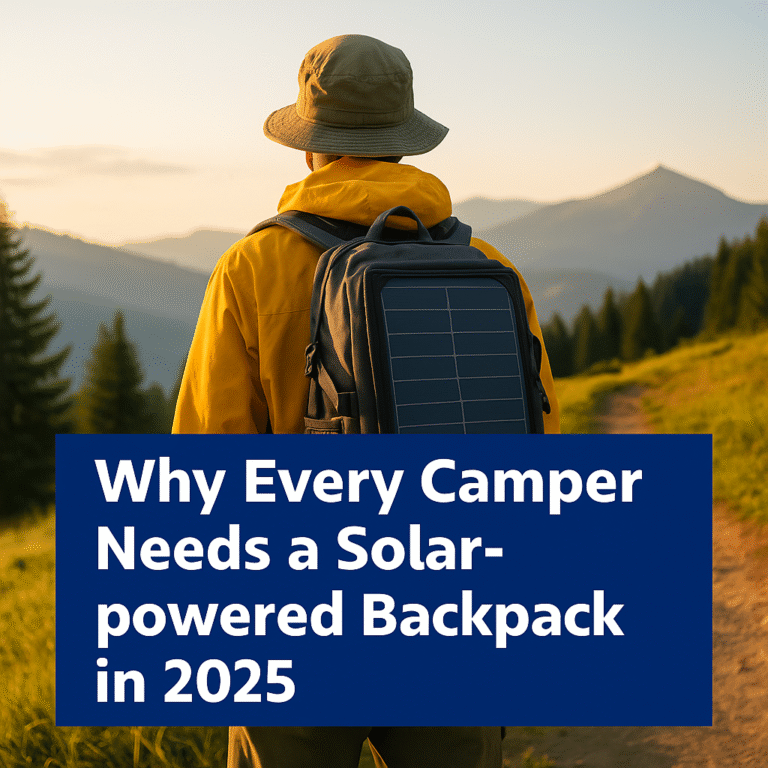
“Discover why every camper needs a solar-powered backpack in 2025 for sustainable and off-grid adventures.”
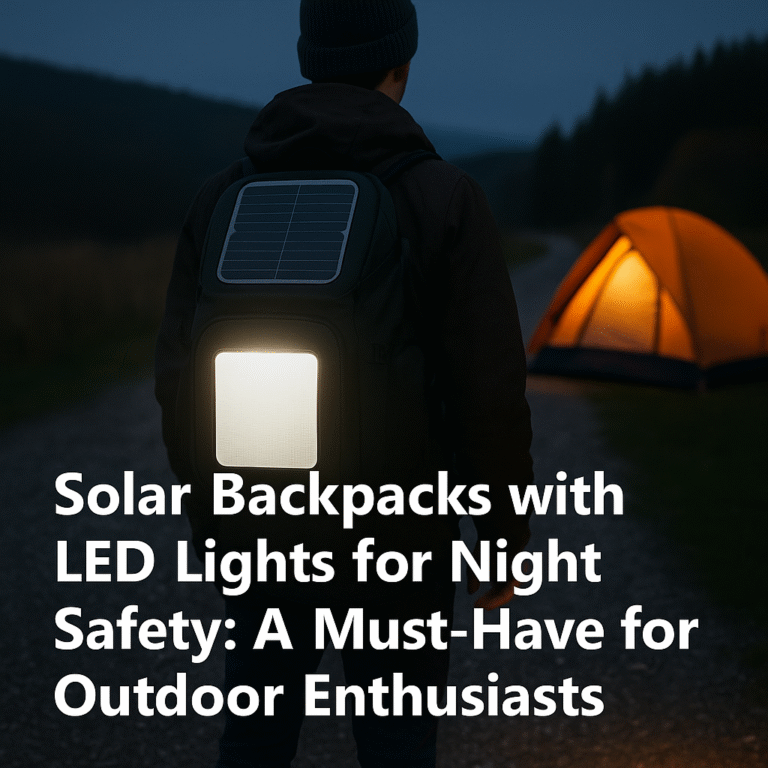
Imagine this: You’re on a thrilling hike as the sun begins to set, surrounded by the serene beauty of nature. But as darkness falls, the path becomes harder to see, raising safety concerns. Enter the solar backpack with LED lights—the perfect blend of functionality and innovation for outdoor enthusiasts. These backpacks harness the power of…

Eco-Friendly Alternatives to Traditional Backpacks: A Sustainable Choice for the Environment More than ever, making eco-conscious choices is top of mind. As part of our daily lives, backpacks are essential for work, school, and travel, but they don’t have to harm the planet. With the rise of sustainable fashion, eco-friendly backpack alternatives offer guilt-free style…
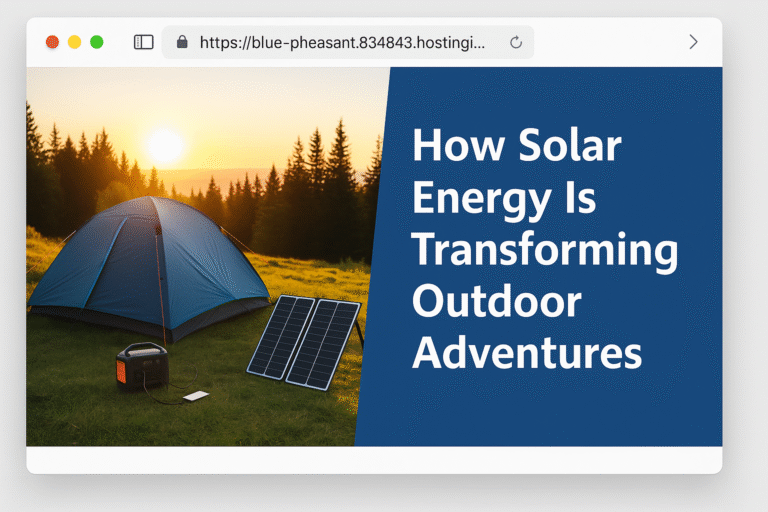
Solar Energy – Imagine setting up camp miles away from civilization, and just as the sun dips below the horizon, your campsite comes alive with light. Solar energy is revolutionizing the way we explore the great outdoors, making adventures more sustainable and tech-friendly than ever before. Gone are the days of packing a dozen batteries for devices…

Solar Backpacks for Students: Features, Benefits, and Sustainability solar backpacks for students – Imagine a world where students can charge their devices using just the power of the sun while on the move. Enter the solar backpack—a modern marvel that marries convenience with sustainability. As technology becomes an indispensable part of students’ lives, these innovative…
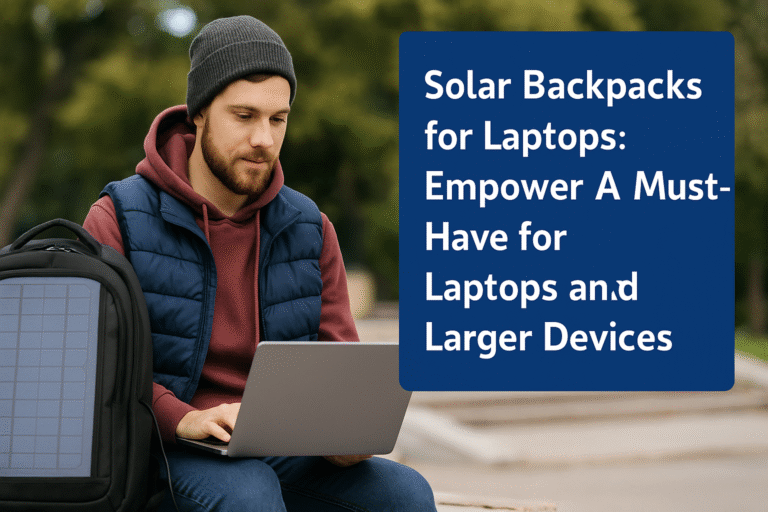
Solar Backpacks: A Must-Have for Laptops and Larger Devices In today’s tech-driven world, staying powered up is more essential than ever. If you’re someone who’s always on the move, you might find yourself frequently searching for outlets to juice up your gadgets. Enter the game-changer: solar backpacks for laptops. These innovative bags are more than…
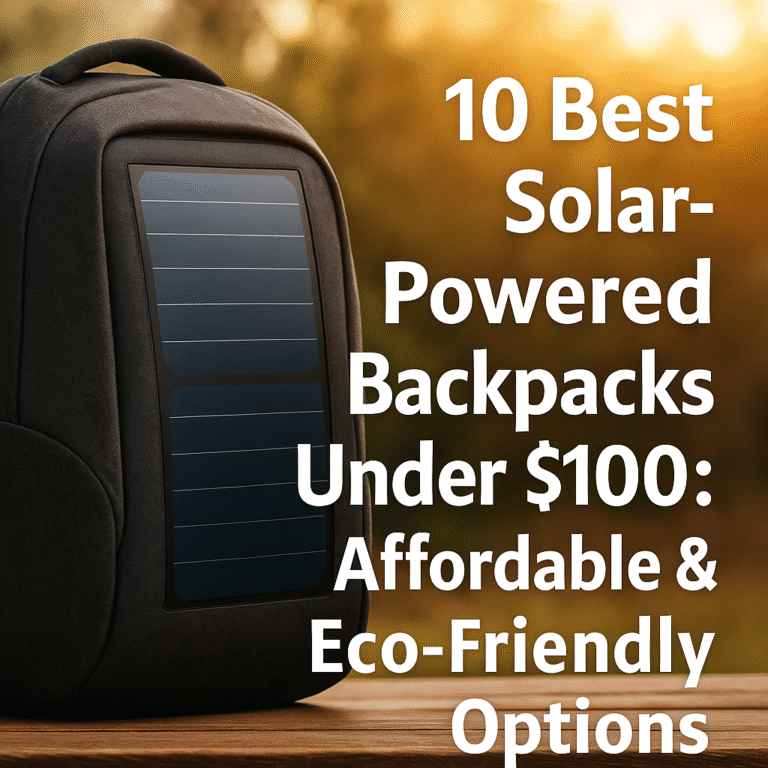
10 Best Solar-Powered Backpacks Under $100: Affordable & Eco-Friendly Options As sustainability and eco-friendliness continue to gain importance in our daily lives, the demand for solar-powered backpacks under $100 has been on the rise. These innovative backpacks not only offer the convenience of charging your devices on the go but also help reduce your carbon…

Are Solar-Powered Backpacks for Emergencies Reliable? A Complete Guide In an era where technology meets adventure, solar-powered backpacks for emergencies have emerged as a compelling gadget for outdoor enthusiasts and emergency preppers alike. Whether you’re trekking through remote landscapes or facing an unexpected power outage at home, having access to renewable energy on the go…

How to Choose the Best Solar Backpack for Outdoor Activities: A Complete Guide Imagine being off the grid, surrounded by nature, with all your essential gadgets fully charged. Whether you’re hiking, camping, or traveling, a solar backpack can be your best companion. These nifty packs harness the power of the sun, ensuring your devices stay…

Solar Backpacks for Eco-Conscious Adventurers: Embrace Sustainable Hiking Gear Imagine trekking through stunning landscapes with the sun powering your journey. For those who crave adventure yet cherish sustainability, solar backpacks for outdoor adventures have become a game-changer. These innovative packs transform sunlight into usable energy, letting you stay connected and energized while reducing your carbon…